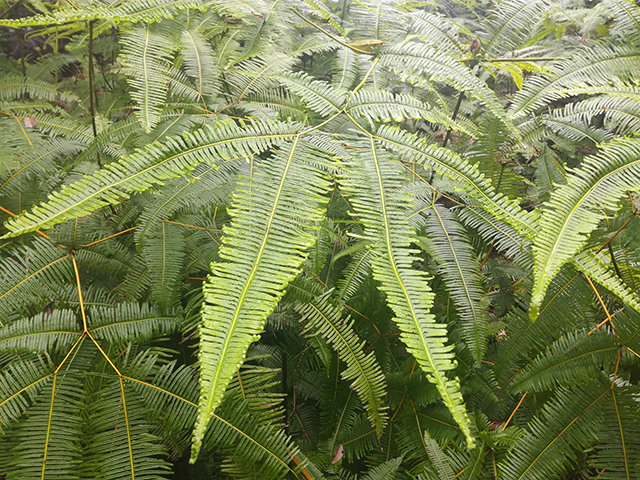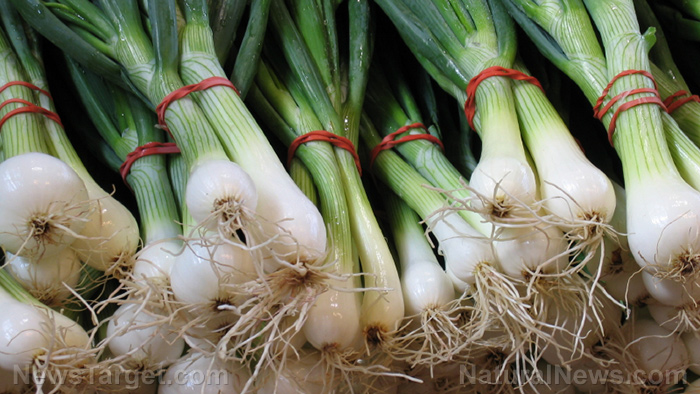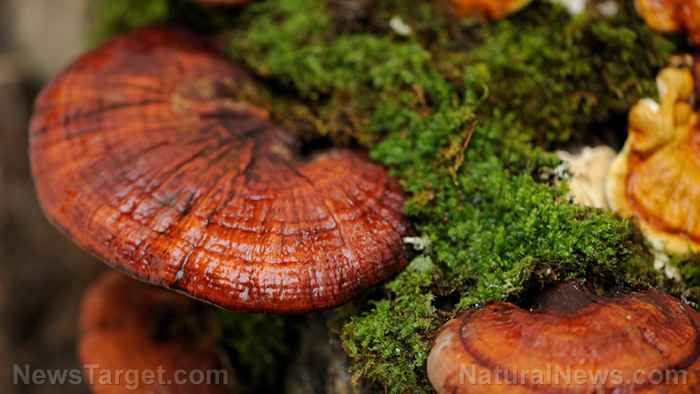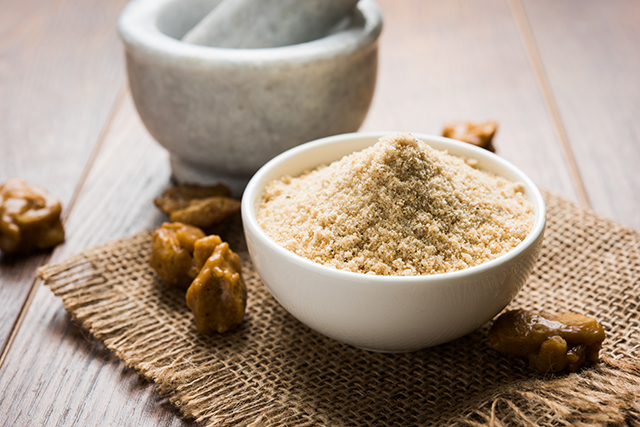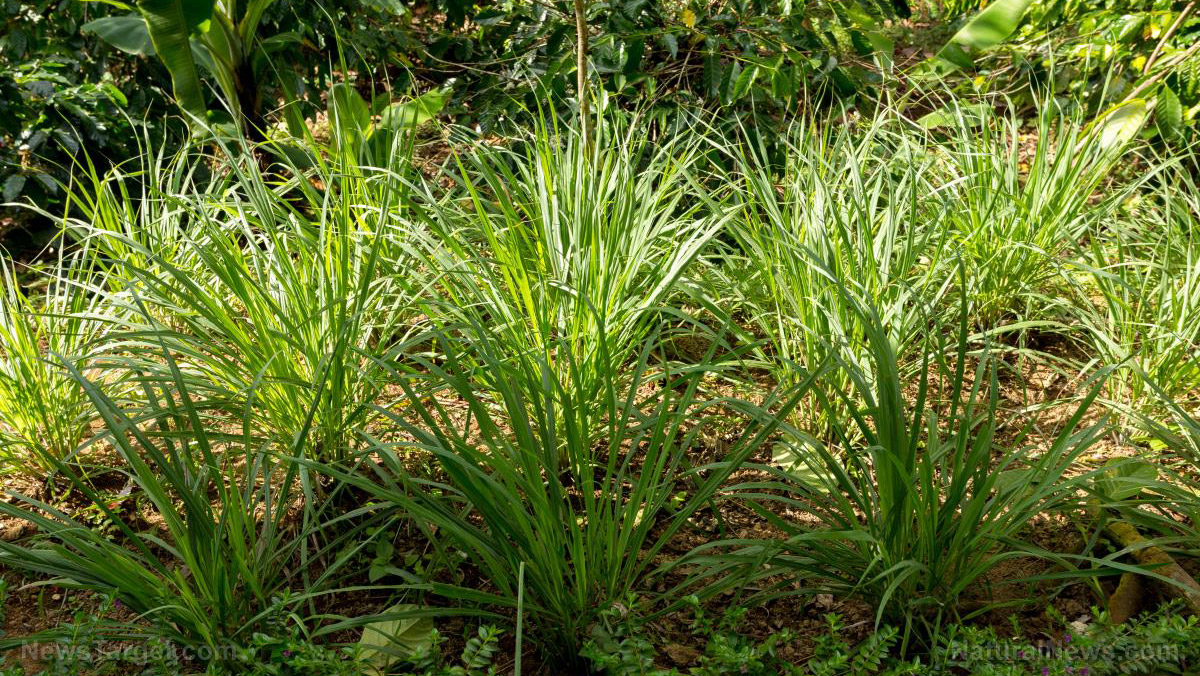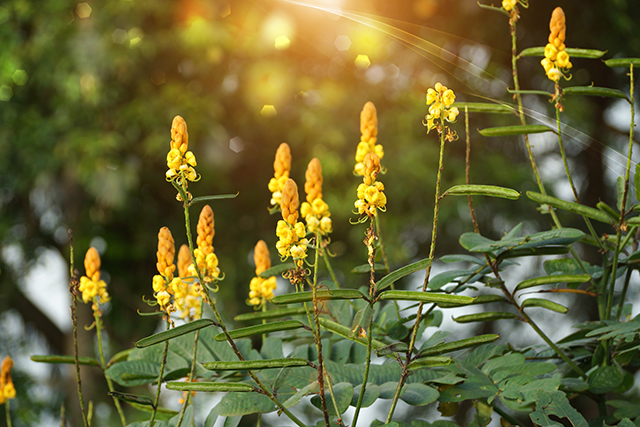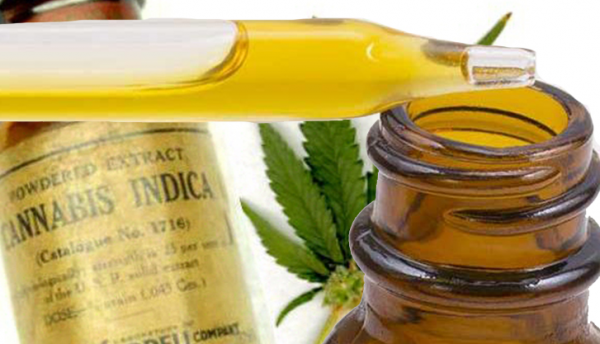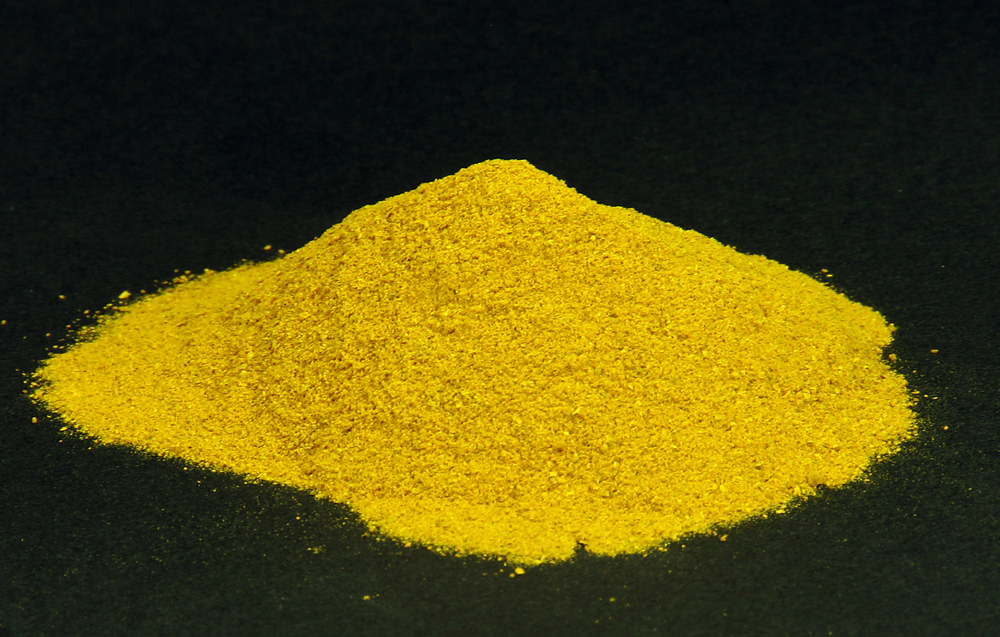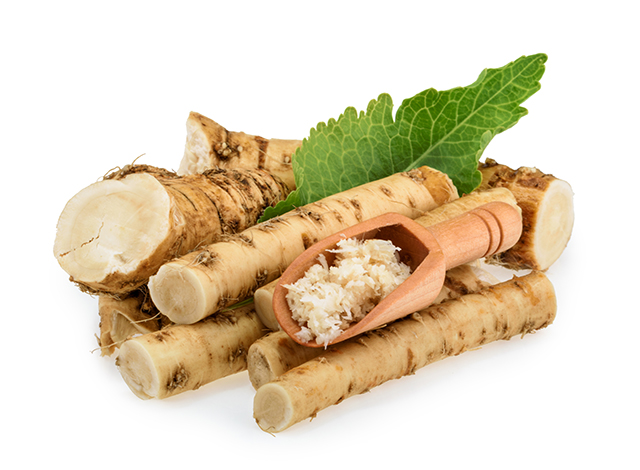Researchers develop a faster and safer way of measuring cannabis potency
07/16/2018 / By Zoey Sky

Producers are on the lookout for fast and efficient ways of measuring the potency and quality of cannabis products, especially with the pending legalization of cannabis in Canada. And it looks like researchers from the University of British Columbia‘s (UBC) Okanagan campus have the answer.
The research team has unveiled a new method of measuring phytocannabinoids, the primary bioactive molecules in cannabis. This revolutionary method can be used to generate “faster, safer and more accurate information for producers, regulators and consumers alike.”
Reliable test results in record time
According to Matthew Noestheden, a Ph.D. chemistry student under Professor Wesley Zandberg at UBC, licensed cannabis growers all over Canada and the U.S. have an increased need for reliable lab testing. These tests help determine the potency of the constantly growing quantities of different cannabis products.
He added that while traditional tests can take about 20 minutes to perform, their new method can produce accurate results in less than seven minutes. Noestheden noted that the new method will be useful for producers, who usually have greenhouses full of numerous samples that all need testing.
Aside from saving producers time and money, the record-breaking new testing method can even “test for a virtually limitless number of phytocannabinoid variants.”
Noestheden explained that while THC is well-known as the primary bioactive compound in cannabis, there are over 100 different phytocannabinoid variants. These variants all have unique biological effects. He shared that one obstacle that must be dealt with is differentiating between these biological effects when testing cannabis potency.
To resolve this problem, the UBC research group used high-pressure liquid chromatography, an instrument that isolates every phytocannabinoids so they can be measured separately. The instrument allowed the researchers to determine the potency of 11 unique phytocannabinoids in cannabis extracts.
Potency is crucial when determining the safety and authenticity of various products that contain cannabis.
Noestheden commented that the research team tested twice as many phytocannabinoids compared to what labs can currently test for, and they did so in record time. He added that the tests were limited to 11 variants since these were “the only ones commercially available at the time.”
He added that with the new method, it’s easier to test for as much as 50 or even all 100 variants, along with some synthetic cannabinoids that are added to products to increase potency. Testing was also twice as fast compared to older methods. (Related: Study: Marijuana use as a cancer treatment is growing, with up to one quarter of patients using it, and more wanting to.)
Noestheden, who is credited for the new method, said that he designed it so it could also be used in labs all over the globe. He collaborated with Rob O’Brien, president of Supra Research and Development, a cannabis testing lab and industry partner of this study.
Noestheden is hopeful that his new cannabis potency testing method can help researchers link variation in phytocannabinoids with the pharmacological effects of all sorts of cannabis products.
Noestheden concluded, “It’s an elegant solution because any cannabis testing lab with the appropriate instrumentation should be able to adopt the new method with minimal additional investment, making the whole process cheaper and faster.”
Fast facts on medical research about cannabis
The National Institute on Drug Abuse (NIDA) currently has 28 active research grants related to marijuana. The grants are looking into the effects of cannabis concerning six different disease areas: autoimmune disease; inflammation; pain; seizure disorders; psychiatric disorders; and substance use dependence, disorders, and withdrawal.
- Data from some studies have revealed that some tetrahydrocannabinol (THC)-based medications can help increase appetite and reduce nausea.
- THC can also reduce inflammation, muscle control problems, and pain among users. However, medications haven’t been approved for these conditions yet.
- Researchers are looking into the medicinal uses of cannabidiol, a cannabinoid found in marijuana. Cannabidiol doesn’t have psychoactive effects and the drug can help control epileptic seizures, minimize inflammation and pain, and even help address mental illness and addictions.
- There are also researchers studying the potential use of marijuana extracts to target and eliminate cancer cells as a supplemental treatment with radiation therapy.
Learn more about research on cannabis potency and medical marijuana at Cannabiscures.news.
Sources include:
Tagged Under: bioactive molecules, cannabis, cannabis extracts, Cannabis Legalization, cannabis potency, cannabis products, cannabis quality, hemp, marijuana, medical marijuana, natural cures, phytocannabinoids, science

